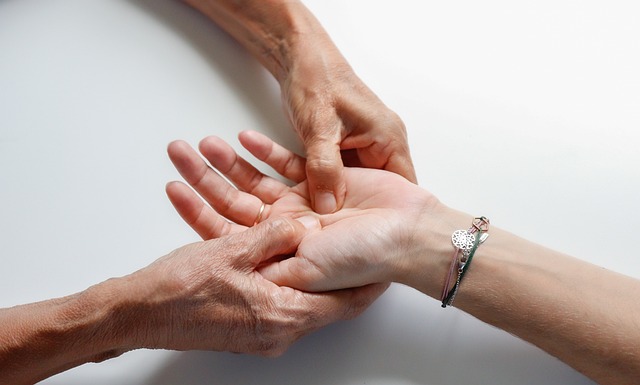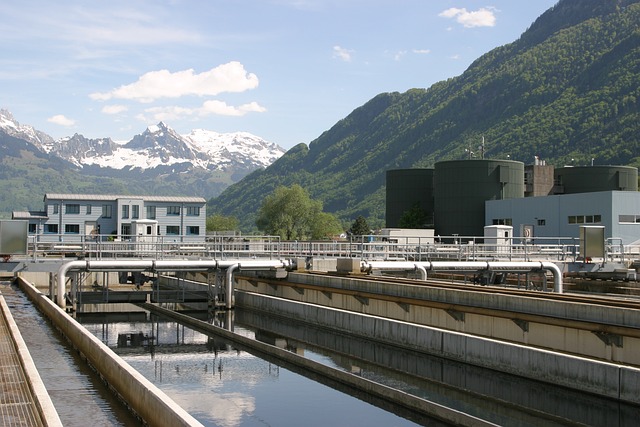CoolSculpting is a non-invasive fat reduction method using targeted cryolipolysis to freeze and eliminate unwanted fat cells in problem areas like love handles, belly fat, and outer thighs. The procedure involves applying a cooling gel pad to the treatment area, which is then cooled to precise temperatures, causing fat cells to crystallize and die while surrounding tissues remain unharmed. Over time, the body processes and eliminates these dead fat cells, resulting in improved contouring. Before-and-after results demonstrate significant reductions in fat accumulation, boosting confidence and self-esteem. CoolSculpting's popularity stems from its ability to sculpt the body without incisions, making it an attractive alternative to liposuction. The success of CoolSculpting treatments is characterized by promising before and after results, which depend on patient adherence to lifestyle changes and consistency in treatment application. While generally safe with minimal side effects, understanding potential risks is crucial. When considering fat reduction options, the before and after results are a critical comparison point, positioning CoolSculpting as a less invasive alternative to traditional liposuction.
“Uncover the effectiveness of CoolSculpting, a non-invasive fat reduction method that’s revolutionizing body contouring. This article delves into the science behind CoolSculpting, exploring its remarkable ‘before and after’ results and providing insights on consistency and safety.
Discover how this innovative treatment stacks up against traditional liposuction, with a focus on real-world outcomes. From understanding the process to addressing potential side effects, we break down everything you need to know about CoolSculpting effectiveness, based on tangible treatment results.”
Understanding CoolSculpting: A Non-Invasive Fat Reduction Method

CoolSculpting is a non-invasive fat reduction method that has gained popularity for its ability to deliver noticeable results with minimal downtime. This procedure utilizes advanced technology, specifically targeted cryolipolysis, to freeze and eliminate unwanted fat cells in problem areas. By targeting specific areas like love handles, belly fat, and outer thighs, CoolSculpting offers an alternative solution to those seeking a slimmer silhouette without surgery.
The process involves applying a cooling gel pad to the treatment area, which is then cooled to precisely controlled temperatures. This causes the fat cells to crystallize and eventually die, while surrounding tissues remain unharmed. Over time, the body naturally processes and eliminates these dead fat cells, resulting in improved contouring and a more streamlined appearance. Examining before-and-after results of CoolSculpting treatments showcases the potential for significant reductions in fat accumulation, providing individuals with new confidence and a boost to their self-esteem.
How Does CoolSculpting Work? The Science Behind It

CoolSculpting works by using controlled cooling technology to target and freeze fat cells in specific areas of the body. During a treatment session, a non-invasive device is applied to the skin, delivering precise cold energy to the underlying fat. This cold temperature triggers a process called cryolipolysis, where fat cells are broken down and eventually eliminated by the body’s natural metabolic processes. The procedure is designed to minimize discomfort for the patient and offers a non-surgical alternative to liposuction for those seeking fat reduction in particular areas.
The science behind CoolSculpting focuses on understanding the physiology of fat cells and how they respond to cold temperatures. By cooling fat cells below a certain threshold, they become damaged and unable to function properly, leading to their gradual breakdown and disposal by the body’s lymphatic system. The before and after results of CoolSculpting treatments are often notable, with many patients experiencing significant reductions in fat levels in targeted areas. This non-invasive approach has gained popularity due to its ability to sculpt the body without incisions, making it an attractive option for individuals looking to enhance their physique through fat reduction.
Exploring the Before and After Results: Visual Evidence

When evaluating the effectiveness of CoolSculpting, one of the most compelling pieces of evidence is examining the before and after results. The visual transformation can be quite striking, showcasing the reduction of stubborn fat in targeted areas. Before-and-after photos offer a tangible representation of how CoolSculpting can reshape a person’s figure without surgery or invasive procedures.
These images often highlight differences in body contours, with fat loss appearing as tighter, more defined skin and reduced inches around problem zones like the abdomen, love handles, and outer thighs. The before photos serve as a starting point, while the after images demonstrate the significant changes achieved through CoolSculpting treatments, providing real-world evidence of its efficacy.
Factors Influencing CoolSculpting Success and Consistency of Results

The effectiveness of CoolSculpting, a non-invasive fat reduction procedure, can be influenced by several factors. One key aspect is patient adherence to expectations and lifestyle changes. While CoolSculpting offers promising before and after results, it’s essential to manage patient outcomes by maintaining a healthy diet and regular exercise routine post-treatment. This ensures the best possible outcome, as the procedure targets specific areas but overall body composition can still impact perceived results.
Additionally, consistency in treatment application is vital. CoolSculpting involves applying cold temperatures to fat cells, causing them to crystallize and eventually die. The success of this process depends on proper cooling levels being maintained throughout each session, ensuring even fat cell reduction across the targeted areas. This, combined with individual body chemistry, contributes to the variability in seen results from one patient to another, despite similar treatment regimens.
Safety and Potential Side Effects: What to Expect During and After Treatment

CoolSculpting is generally considered safe, with minimal side effects. However, like any medical procedure, there are potential risks to be aware of before and after treatment. During the procedure, patients may experience discomfort, including mild pain, tingling, or numbness in the treated area. This is normal and usually subsides quickly. Some individuals might also feel cold sensitivity or temporary skin irritation after the treatment.
In the days following CoolSculpting, it’s common to observe some swelling, bruising, or redness. These side effects typically resolve within a few weeks. It’s crucial to follow post-treatment instructions from your provider, which may include applying ice packs and avoiding strenuous activities. The before and after results can vary significantly depending on factors like the individual’s body type, the number of treatments, and adherence to dietary recommendations.
CoolSculpting vs. Traditional Liposuction: Comparing Effectiveness

When comparing CoolSculpting to traditional liposuction, one key factor is the effectiveness in achieving desired before and after results. CoolSculpting, a non-invasive fat reduction treatment, uses cryolipolysis to freeze and eliminate fat cells. This method is particularly appealing for its ability to target specific problem areas without surgery or downtime. On the other hand, traditional liposuction involves surgically suctioning fat from the body, offering both rapid results and versatility in treating larger fat deposits.
While CoolSculpting provides a less invasive alternative, with no incisions or general anesthesia required, it may not be as effective for extreme cases of obesity or large-scale fat reduction. Liposuction, especially when performed by experienced professionals, can offer more dramatic and immediate before and after transformations. However, both procedures have their merits, and the choice often depends on individual patient goals, preferences, and consultation with medical experts.
